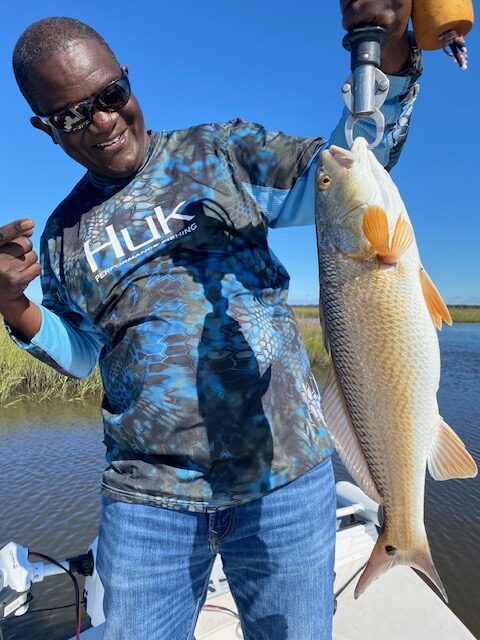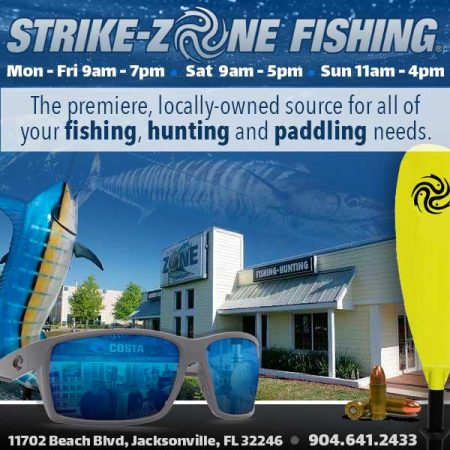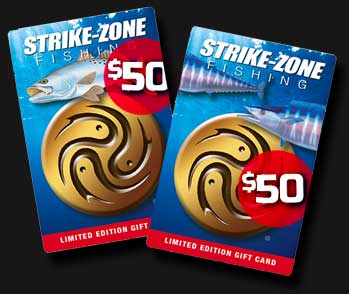- This topic is empty.
content-single-topic.php
-
AuthorPosts
-
-
loop-single-reply.php
January 15, 2024 at 7:19 pmBy now, the water is as clean and clear as it’s going to be throughout the year. You’ve heard me mention about the microorganisms dying off with the colder water and of course, with less boat traffic, rain and mullet, the back waters are very clean. A great time to get out and pole the flats.
I like to pick several flats that are in the Lee, where the water is still and motionless as possible and have a low tide in the mid day with an overhead bright sun. These are perfect conditions to look for backing and tailing fish. If you throw water officials, the TBS black bucktail, or a weedless plastic in a dark color or two of my favorite baits.
The bucktail, with its undulating hair and long, accurate casting is a great bait for the flats. Most of the time Mud flats in the north Florida area are pretty clean, meaning no oysters or obstructions. You get the bucktail wet and that water has weight and the lure will cast far and accurate and hit soft. That is the ultimate for catching spooky, shallow water redfish. Keeping your boat as far away from them as possible so they do not recognize that you are there. Most fish will not eat if they sense something is wrong, so stay far back and make long casts. If you happen to be at the higher end of the tide and you are around oysters and debris, then a dark weedless soft plastic will get the job done.
If you are a bait fisherman, I like to get around the moving current passing around oysters, and I like to anchor in a place where I can throw and soak my bait in the eddie coming off of the rip. That is the area that is just on the inside of the rip where there is no current. Most of the time your fish will stack in there and they will wait for bait to get disorientated in that current as it comes around the oysters and they can jet out for a meal. If you wait there and are in tune with your baits, meaning, not a lot of slack in your line and your fishing it very effectively, and have no bites in 15 solid minutes, then I usually will move.
I like to fish the last three hours of the outgoing tide, and maybe the first hour of incoming. Many times fish will feed on the last of the falling tide, however, if the fish are finicky, they may just eat on the beginning of the incoming tide. It’s a good practice to fish this way so you give the fish two options a tide so you can aid to your success.
As far as the trout, sheepshead, black drum and flounder, they will be in the mix in many of the spots that you fish for redfish. We had a day in a depression in a creek and we picked up 14 legal black drum while we were fishing for Red and wound up getting the red we needed — so in saying all that, I prefer to use shrimp in places that will hold species other than redfish. Black drum and sheep head usually do not take a mud minnow and shrimp is the bet of choice. However, if I am on a flat, and I believe we are only going to have an opportunity for a Redfish, sometimes the lightest TBS jig and a mudminnow is the bait of choice.
This is a great time of the year to get out and fish these styles. The end of March and April, all the bait will be returning to North Florida area, and as this takes place, many fish in the backcountry will move out to the river and other places. Until next month, don’t let the cool weather keep you in the house, this is a good time to be in the backcountry!
Tight lines.
If you like catching fish and want to learn how to fish North Florida's backcountry and flats from the best, give Capt. Tony Bozzella a call today, you won’t regret it! Call to book a trip, or visit Inshore Fishing Guide on the web.
To respond to this post, login or register here.
AuthorPostsViewing 0 reply threads
-



